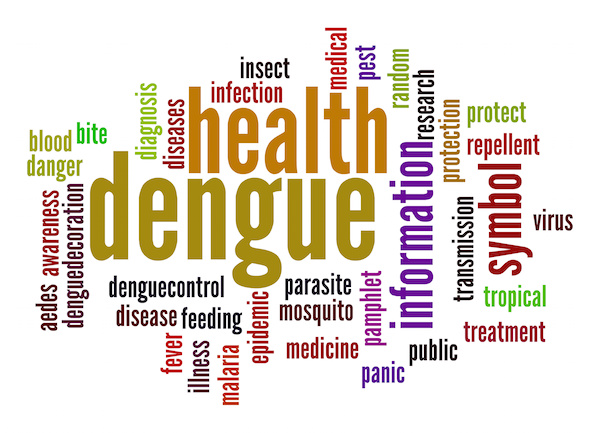WEDNESDAY, June 29, 2016 (HealthDay News) — Millions of Americans use hand sanitizers every day, believing they safely kill bacteria. Now, the U.S. Food and Drug Administration wants to find out if that’s really true.
The agency Wednesday requested makers of antibacterial hand sanitizers and related products to provide data showing the products’ active ingredients actually reduce bacteria and are harmless over time.
Of particular concern are the long-term effects of these sanitizers on pregnant women and children, the agency said.
“These products provide a convenient alternative when hand washing with plain soap and water is unavailable, but it’s our responsibility to determine whether these products are safe and effective so that consumers can be confident when using them on themselves and their families multiple times a day,” Dr. Janet Woodcock, director of the FDA’s Center for Drug Evaluation and Research, said in an agency news release.
The agency wants more data on the active ingredients in hand-sanitizing products such as towelettes, gels and rubs that purport to kill bacteria. Alcohol — ethanol or ethyl alcohol — is used in 90 percent of these hand cleaners, the FDA said. Other ingredients under scrutiny are isopropyl alcohol and benzalkonium chloride, the agency said.
However, FDA officials stressed that the move doesn’t mean the agency believes these products are either ineffective or unsafe.
Officials said the request stems from new research and recommendations from an independent advisory committee of scientific and medical experts.
Recent research has found that levels of antiseptic ingredients in users’ urine and blood are higher than previously thought. This raises questions regarding absorption, since these antiseptics aren’t washed off, the agency explained.
In the meantime, washing your hands with soap and running water remains one of the best ways to avoid getting sick and to prevent spreading infections to others, according to the U.S. Centers for Disease Control and Prevention.
In the absence of soap and water, the CDC recommends using an alcohol-based hand sanitizer containing at least 60 percent alcohol.
“Today, consumers are using antiseptic rubs more frequently at home, work, school and in other public settings where the risk of infection is relatively low,” the FDA’s Woodcock noted.
The proposed rule requesting additional scientific data on hand sanitizers will be available for public comment for 180 days. Meanwhile, manufacturers will have one year to submit new data and information if they want to continue marketing their products, the FDA said.
In recent years, the FDA has made similar requests regarding the safety and effectiveness of sanitizers used in hospitals and antibacterial soaps.
In response to the FDA’s request, the American Cleaning Institute, an industry group, issued this statement:
“We believe that the FDA has a wealth of data on hand sanitizers in their possession to judge them as generally recognized as safe and effective,” according to Richard Sedlak, executive vice president for technical and international affairs. “However, we will work to provide additional data as necessary to ensure the agency has the most complete, useful, and up-to-date information on these beneficial products.”
Dr. Robert Glatter is an emergency physician at Lenox Hill Hospital in New York City. He said that “a careful review of the use of such antiseptics contained in hand sanitizers will be important to determine not only the safety, but how effective such compounds are in actually reducing bacterial and viral counts on our hands.”
Glatter added that the most important aspects of hand washing, “include the mechanical action associated with scrubbing as well as time spent to remove debris and bacteria. It’s very important to pay special attention to areas between fingers and especially under the nails since these are areas which often hide bacteria and debris.”
And whether people choose a hand sanitizer or plain soap and water, they should scrub their hands for at least 20 seconds, he said.
More information
The U.S. Centers for Disease Control and Prevention explains when and how to wash your hands.
Copyright © 2025 HealthDay. All rights reserved.

